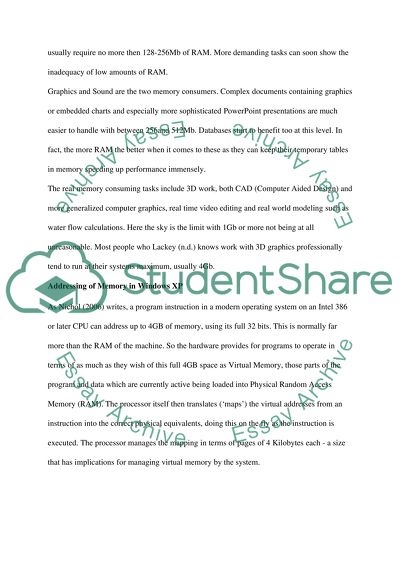Cite this document
(“Operating Systems Essay Example | Topics and Well Written Essays - 1000 words”, n.d.)
Retrieved from https://studentshare.org/miscellaneous/1524247-operating-systems
Retrieved from https://studentshare.org/miscellaneous/1524247-operating-systems
(Operating Systems Essay Example | Topics and Well Written Essays - 1000 Words)
https://studentshare.org/miscellaneous/1524247-operating-systems.
https://studentshare.org/miscellaneous/1524247-operating-systems.
“Operating Systems Essay Example | Topics and Well Written Essays - 1000 Words”, n.d. https://studentshare.org/miscellaneous/1524247-operating-systems.


